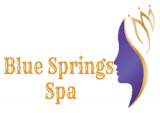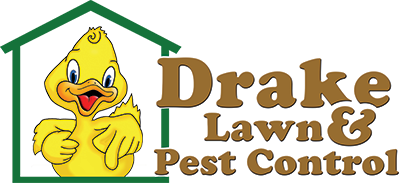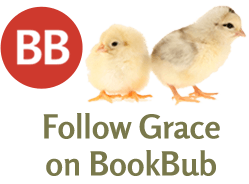Pests are insects, animals, or rodents that invade our residential, commercial, or agricultural area and create a disturbance for us. Pests include ants, beetles, cockroaches, rats, and many other animals which create a nuisance for us. Day to day disturbing animals are considered as pests, not the animals which occasionally invade our homes like snakes.
What is pest control?
Various methods are employed to completely destroy and stop the growth of pests. There are different types of Pest Control Southend methods including mechanical methods, physical methods, and chemical methods. Each is employed according to the need and the situation to be used in.
![]()
Usage of pest control was common in the agricultural fields to protect the crop from insects causing destruction of crops but it has become common in the households also.
In agriculture, a technique called integrated pest management (IPM) is gaining popularity.
Integrated pest management is an ecological technique for pest control that includes techniques that are environmentally friendly. It incorporates controlling and manipulating natural habitat, modifying cultural practices, and usage of various resistant types. This method targets one organism or species.
This method is considered to be eco-friendly as it causes a lower risk to the environment and the people exposed to it. It is useful for around a couple of years after pest control.
The major principle used by IPM is to study the life cycles of insects and their interaction with the environment at every stage. This helps to ensure the destruction of insect at every stage
There are 8 major principles involved in integrated pest management–
- Prevention and suppression – The care taken to reduce the growth of organisms by natural process is prevention and suppression. Techniques like removing steady water, regular cleansing of different areas, crop rotation are included in this.
- Monitoring – Forecasting and monitoring are done to monitor the growth of different organisms. Monitoring is done by different equipment like a sound warning, diagnosis, and many other technical aids.
- Decision-making – By monitoring, one gets to know about the population and the destruction caused by a particular organism. After this, a decision should be made about proper steps to be taken to curb it.
- Nonchemical methods – IPM makes use of non-chemical, eco-friendly, and sustainable methods to control pests.
- Pesticide selection – When all the methods fail to provide a positive outcome, chemical pesticides are used. They are selected in a way to specifically destroy an organism and do not harm humans and the environment.
- Reduced pesticide use – when pesticides are used, they are used in reduced dosage and frequency to reduce the harm caused by pesticides.
- Anti-resistant strategies – Pests generally develop resistance to any pesticide after prolonged exposure to the chemical. These facts are given a regular check-in
- Evaluation – Proper evaluation is done to calculate the effect, harms of a given treatment, and further treatment is planned accordingly.
This makes IPM a sustainable technique for pest control.
Though there are numerous techniques for the same and each is designed to get particular benefits. Households also make use of pest control methods. So if you feel the need for a particular method for your farm or house, find an exterminator soon because pests always make harm.


